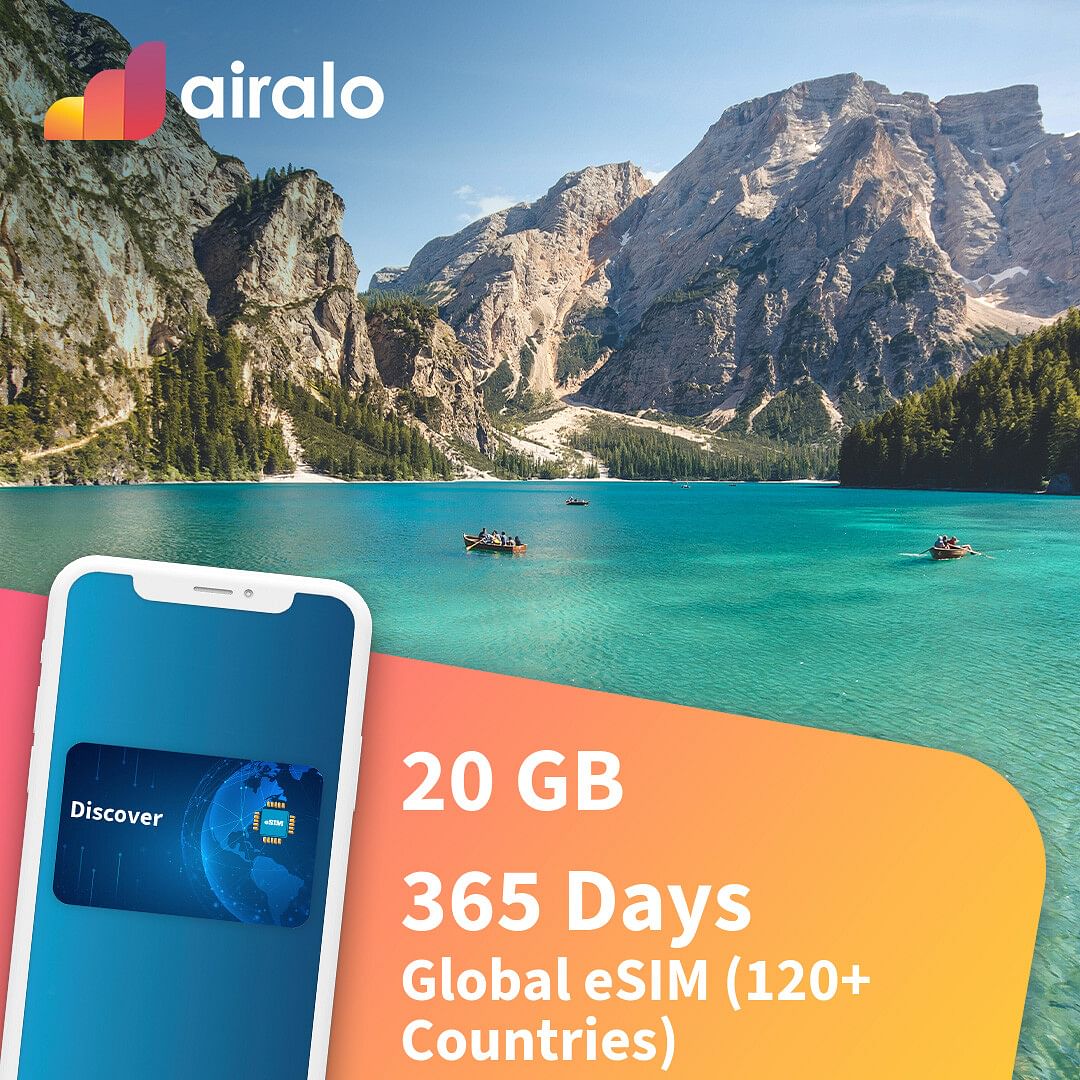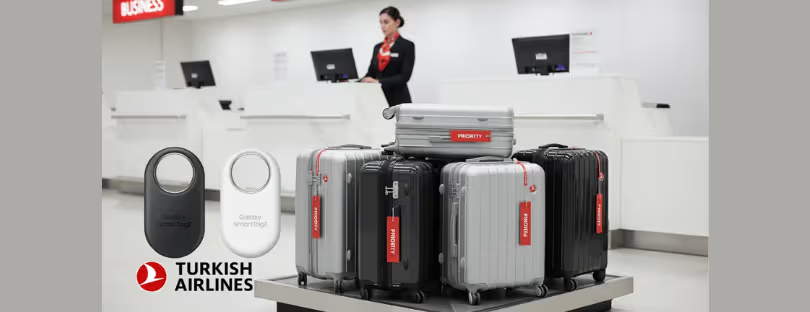
Data-Driven Destination Management: Lessons From South Africa, Seville, and Helsinki
Tourism has always been a delicate balancing act. On one side, destinations face economic pressures to grow visitor numbers and attract investment. On the other, they are increasingly challenged by climate change, uneven visitor flows, and community expectations. In today’s volatile environment, decision-makers need more than instinct or tradition—they need clarity. That clarity comes from data. data-driven destination management
The Data Appeal Company, part of the Almawave Group, has been working closely with destinations such as South Africa, Seville, and Helsinki to help leaders navigate these pressures through a data-first approach. Their experience shows how real-time insights can transform not only visitor management but also long-term strategic planning. During a series of exclusive webinars, tourism officials from these destinations shared firsthand how data-led practices are changing the way they respond to challenges, foster community alignment, and plan for sustainable futures.
South Africa: A National View With Local Precision
Tourism in South Africa reflects the country’s immense diversity—spanning everything from cultural heritage to wildlife safaris and urban experiences. Yet this very diversity has historically made it difficult for national authorities to ensure balanced development. Some areas faced overtourism, while others remained underserved.
By partnering with The Data Appeal Company, South African Tourism created a comprehensive, data-led system that integrates more than 100,000 tourism-related locations nationwide. This unified platform brings together sentiment analysis, visitor flows, online reviews, and event forecasting into one powerful dashboard. The result is unprecedented visibility across the tourism ecosystem.
Instead of relying on fragmented reports or outdated statistics, decision-makers now identify underserved regions, intervene in overtourism hotspots, and track the visitor experience more effectively. Importantly, South Africa has pioneered the use of event intelligence to support MICE (Meetings, Incentives, Conferences, and Exhibitions) tourism. This means events are no longer just seen as short-term gatherings—they are forecasted, analyzed, and strategically integrated into national tourism plans.
As one South Africa representative explained during the webinar:
“With the help of events’ data, we can forecast attendance and potential impact before an event takes place, which helps us better prepare and justify investments.”
This foresight allows for smarter budgeting, infrastructure development, and targeted promotion.
Rodney Payne, CEO of Destination Think—a globally recognized leader in destination management—emphasized during the session that data-driven decision-making is now indispensable:
“Tourism faces significant economic, climate, and social challenges, but it also holds a unique power to be part of the solution. With access to real-time data, DMOs can provide the pathway to a sustainable future.”
Seville: Building a Smarter City, Insight by Insight
Seville provides a compelling case study of how data can transform not just tourism but an entire city’s approach to livability. The city developed a real-time dashboard that integrates multiple data streams—from cultural event performance to visitor mobility patterns and business reviews. This integration enables decision-makers to react quickly to emerging challenges and align strategies across different municipal departments.
One of the clearest examples emerged during periods of extreme heat, which increasingly affect Southern Europe. Tourism managers noticed a measurable drop in visitor sentiment during heatwaves. Instead of waiting for complaints to accumulate, they took immediate action: creating shaded routes, improving communication about weather risks, and collaborating with local businesses to maintain service levels.
This approach is reshaping how Seville governs tourism. “The tool gives us a shared language,” a city representative noted during the webinar.
“We’re no longer working in silos, and that has transformed how we respond to issues and plan our 2025 strategy.”
Seville is also leveraging these insights to safeguard its cultural identity while accommodating tourism growth. The city is investing in shade mapping, installing sensors in public buildings to monitor resource use, and tracking visitor density during large events. These efforts align directly with the city’s broader sustainability agenda, where resident well-being is prioritized alongside visitor satisfaction.
The lesson from Seville is clear: real-time data empowers cities to not only react to challenges but to anticipate and design solutions that serve both the community and the tourism economy.
Helsinki: Listening to Locals, Not Just Visitors
Helsinki has built a global reputation for community-first and sustainable tourism, and much of that reputation rests on its ability to use data as a listening tool. Unlike destinations focused only on increasing visitor numbers, Helsinki tracks sentiment from both residents and tourists in real time. This dual perspective allows the city to adapt its messaging, product development, and marketing to align with shared values.
A representative from Helsinki explained:
“We’ve moved away from assumptions. Now, our strategies are based on what the data tells us—and it tells us when something works or when something needs to change.”
The city also distinguishes itself through its inclusive approach to stakeholder engagement. Tourism data is not locked away in government offices—it is regularly shared with local businesses, cultural institutions, and policymakers. This transparency encourages collaboration, fosters trust, and ensures that tourism growth aligns with Helsinki’s broader social and cultural objectives.
Rather than focusing on volume, Helsinki concentrates on attracting the right kind of visitor: those who respect the city’s rhythm, culture, and environment. This strategy has helped Helsinki maintain its identity while benefiting economically from tourism. In effect, the city demonstrates how data can be used not to chase mass arrivals, but to cultivate quality experiences that align with community needs.
Core Lessons for Destination Leaders
Drawing from these diverse examples, The Data Appeal Company identified five best practices that any destination can adopt to improve decision-making and resilience:
- Unify your data sources. Centralized dashboards reduce blind spots and create a common foundation for decision-making across departments.
- Listen in real time. Sentiment analysis and visitor monitoring reveal friction points early—whether overcrowding, poor service, or weather disruptions—enabling rapid intervention.
- Shift from volume to value. Instead of focusing solely on arrivals, track the quality of visitors and their contribution to the local economy and community.
- Empower local stakeholders. Sharing data with municipalities, operators, and residents builds transparency and trust, fostering shared responsibility.
- Design with community in mind. Tourism strategies should strengthen resident wellbeing as much as visitor satisfaction, ensuring long-term sustainability.
These insights reveal that data does not replace human decision-making. Instead, it sharpens it. By giving leaders the ability to see patterns, anticipate problems, and measure impact, data ensures that decisions are both more confident and more sustainable.
The Road Ahead: Clarity Over Control
As Mirko Lalli, CEO and founder of The Data Appeal Company, summarized during the webinar series:
“Whether managing tourism across a country or a single neighborhood, data is not about control—it’s about clarity. Real-time insights allow destinations to act faster, collaborate better, and grow more sustainably.”
The experiences of South Africa, Seville, and Helsinki show that destinations that invest in intelligence can navigate today’s uncertain global landscape with more agility and confidence. By integrating data into every layer of decision-making—from infrastructure planning to community engagement—leaders can transform tourism from a source of strain into a driver of resilience, innovation, and shared prosperity.










